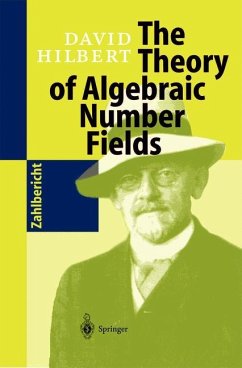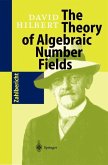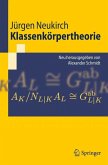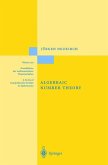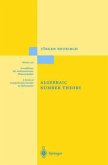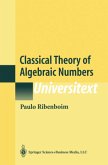A translation of Hilberts "Theorie der algebraischen Zahlkörper" best known as the "Zahlbericht", first published in 1897, in which he provides an elegantly integrated overview of the development of algebraic number theory up to the end of the nineteenth century. The Zahlbericht also provided a firm foundation for further research in the theory, and can be seen as the starting point for all twentieth century investigations into the subject, as well as reciprocity laws and class field theory. This English edition further contains an introduction by F. Lemmermeyer and N. Schappacher. This book is an English translation of Hilbert's Zahlbericht, the monumental report on the theory of algebraic number field which he composed for the German Mathematical Society. In this magisterial work Hilbert provides a unified account of the development of algebraic number theory up to the end of the nineteenth century. He greatly simplified Kummer's theory and laid the foundation for a general theory of abelian fields and class field theory. David Hilbert (1862-1943) made great contributions to many areas of mathematics - invariant theory, algebraic number theory, the foundations of geometry, integral equations, the foundations of mathematics and mathematical physics. He is remembered also for his lecture at the Paris International Congress of Mathematicians in 1900 where he presented a set of 23 problems "from the discussion of which an advancement of science may be expected" - his expectations have been amply fulfilled.

